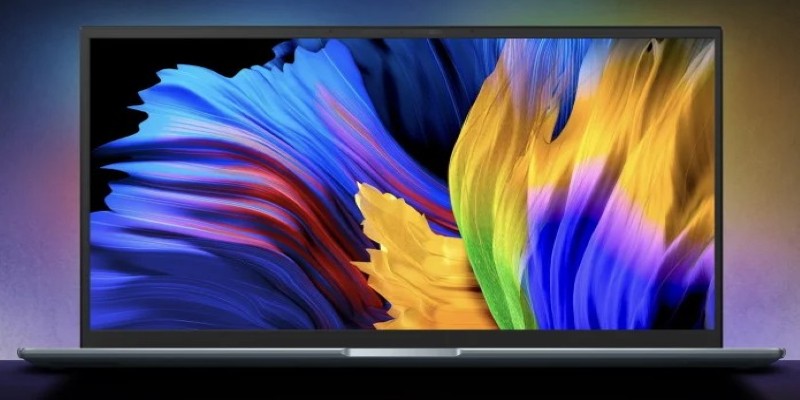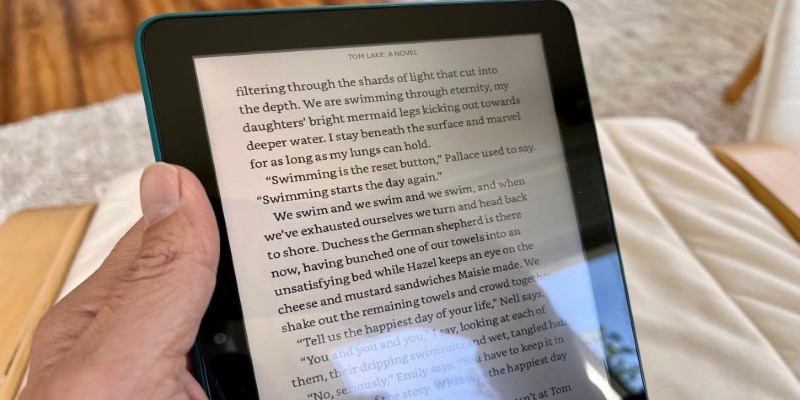Why E-Ink Screens Are Making A Comeback
The tech world is no stranger to innovation, but the resurgence of E-Ink screens may seem like a curious twist to some. Initially popularized by e-readers, these screens are gaining attention in various sectors beyond their original niche. What is driving this renewed interest in E-Ink technology? From energy efficiency to eye comfort, E-Ink screens offer unique benefits that align with modern consumer needs, making them an appealing alternative in an increasingly digital world.
The Core Technology Behind E-Ink Screens
E-Ink, or electronic ink, is a display technology designed to mimic the appearance of printed paper. Unlike traditional LCD or OLED displays, which rely on backlighting, E-Ink screens use tiny capsules filled with black and white pigments. These pigments are rearranged using electrical charges to form text or images on the screen. This approach produces a paper-like visual experience and consumes minimal power because energy is only required to change the screen content, not to maintain it.
This unique mechanism sets E-Ink apart from other display technologies, making it especially suited for applications with critical battery life and readability. E-Ink screens are highly reflective, performing exceptionally well in bright sunlight, offering a significant advantage over backlit displays.

The Energy Efficiency Revolution
E-Ink technology is gaining traction for its energy efficiency in an era when sustainability is no longer a choice but a necessity. Traditional LCD and OLED screens require continuous power to maintain brightness and colour, leading to significant energy consumption, especially in devices like smartphones, tablets, and laptops. On the other hand, E-Ink draws power only when updating the display.
This efficiency makes E-Ink screens an ideal solution for devices that prioritize long battery life. Smartwatches, for example, are increasingly adopting E-Ink displays to extend battery longevity. Similarly, electronic price tags in retail stores and digital signage are turning to E-Ink to reduce energy costs without compromising visibility.

Eye Comfort In A Digital Age
As screen time increases globally, concerns about eye strain and digital fatigue are becoming more prevalent. Traditional screens emit blue light, which can disrupt sleep patterns and cause discomfort during prolonged use. E-Ink screens, however, do not rely on backlighting and emit no blue light, making them far easier on the eyes.
For this reason, e-readers such as the Kindle and Kobo remain popular for avid readers who want digital books' convenience without conventional screens' drawbacks. The paper-like quality of e-ink is not just a nostalgic nod to traditional books—it actively supports eye health in a way that few other technologies can.
Beyond e-readers, E-Ink is now being used in note-taking tablets designed for students and professionals. These devices allow users to write and draw as they would on paper, combining the benefits of digital storage with the natural feel of handwriting, all while ensuring minimal strain on the eyes.

Versatility Driving New Applications
What once seemed like a technology limited to e-readers has found a surprising variety of applications in 2025. E-Ink is now being integrated into products that range from digital signage to foldable phones, highlighting its versatility and adaptability.
Retailers are increasingly adopting electronic shelf labels with e-ink displays, which allow prices and promotions to be updated instantly across thousands of items. This saves labour costs and enhances environmental sustainability by reducing paper waste.
Another emerging application is in the automotive sector, where E-Ink displays are used for customizable car exteriors. Automakers are exploring using E-Ink panels on car doors and dashboards, enabling users to change the colour or design of their vehicle at the touch of a button.
Even in the fashion industry, E-Ink is making waves. Wearable technology, such as bright clothing and accessories, is beginning to incorporate E-Ink displays for customizable designs that require minimal power and offer a futuristic aesthetic.
Sustainability In Manufacturing And Disposal
The environmental impact of electronic waste has become a significant concern in recent years. E-Ink screens contribute to a more sustainable future by requiring fewer raw materials in their production than LCD or OLED panels. Additionally, the extended lifespan of E-Ink devices, thanks to their low power requirements, reduces the need for frequent replacements, further minimizing waste.

Companies are also exploring ways to make E-Ink displays fully recyclable, ensuring the technology aligns with global efforts to combat electronic waste. This focus on sustainability is not only good for the planet but also resonates with consumers who are increasingly prioritizing eco-friendly products.
Challenges And Limitations Of E-Ink Technology
Despite its many advantages, E-Ink technology is not without its limitations. The primary drawback is its lack of colour vibrancy and slower refresh rates compared to traditional screens. While this is not a concern for static content like e-books or signage, it limits the use of E-Ink in devices that require dynamic visuals, such as video playback.

Furthermore, E-Ink screens are less responsive to touch input than their LCD or OLED counterparts, which can be a drawback for devices requiring high interactivity. Manufacturers are investing in research to address these limitations, and 2024 has already seen promising advancements in improving refresh rates and introducing more vibrant colour options.
Why E-Ink Aligns With The Future
The resurgence of E-Ink screens is no accident; it reflects broader societal shifts toward sustainability, wellness, and practicality. In a world increasingly dominated by digital interfaces, E-Ink offers a refreshing alternative that addresses modern challenges without compromising convenience or functionality.
E-Ink screens have found a renewed purpose in applications far beyond their original role by combining energy efficiency, eye comfort, and adaptability. From e-readers to automotive displays, their unique capabilities are helping them carve out a significant niche in the tech landscape. While limitations remain, the ongoing innovation in E-Ink technology suggests a bright future where these screens play an even more prominent role.
Conclusion
E-Ink is not just a trend; it is a testament to how thoughtful design can meet the evolving needs of consumers and the environment. As the world continues to prioritize sustainability and health, the potential for E-Ink screens to become a mainstream technology is more promising than ever. This comeback is not about novelty but solving real-world problems in a way that feels practical and forward-thinking.





